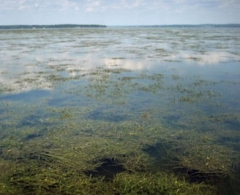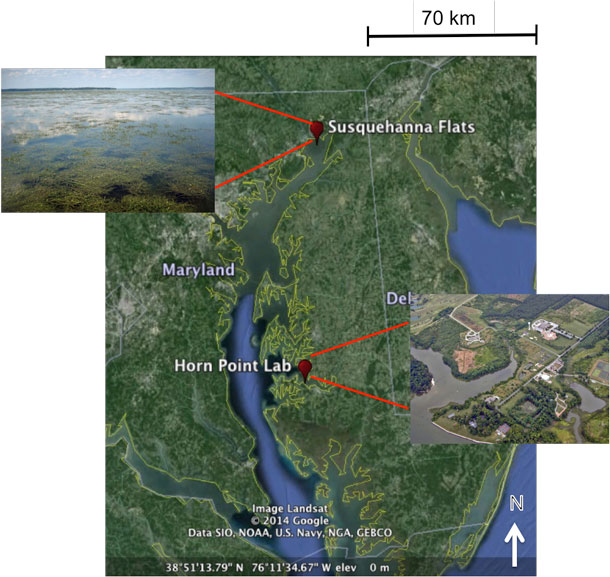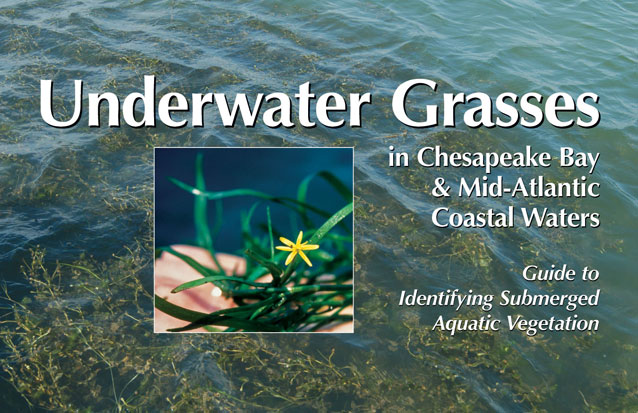Knauss legislative fellowships in Congress help build careers — and they're fun and educational. See our video and fact sheet for details.
Diving Headfirst into the Graduate Experience: Fieldwork in the Susquehanna Flats
As this past summer began to wind down, I grew both excited and anxious about starting a Ph.D. program in physical oceanography at the University of Maryland Center for Environmental Science.
I was nervous about moving to a city where I did not know anyone and a little intimidated about working with some premier oceanographers and environmental scientists. I found the idea of being thrown into the mix with some of the brightest up-and-coming scientists a bit daunting. However, having recently obtained my master’s degree, I was familiar with, and somewhat prepared for, that “fish out of water” feeling that often accompanies starting a graduate program. I was also excited about the new opportunities and experiences that this program would offer me. I think this mix of feelings is natural. I found the best way to overcome this initial trepidation was to dive head first into the graduate experience and be open to any opportunities that could help enrich my academic journey.
My first official duty as a new graduate student was to help out with fieldwork in the Susquehanna Flats, at the mouth of the Susquehanna River. This work was part of a large ongoing project that involves several professors and students at the University of Maryland Center for Environmental Science (UMCES). But the part that my advisor and I are interested in is how the submerged aquatic vegetation (SAV) beds on the flats affect sediment dynamics. We ventured into the flats on a boat and collected several sediment samples. We used pushcores and vibrecores (which is basically a giant push core that is pushed into the sediment using vibrations) at five different locations on the flats over a two-day period. The fieldwork was quite labor intensive, especially working with the vibrecore, but our three-person team developed an efficient routine, and we were able to obtain five vibrecore samples that were approximately 1.5 m in length, and 15 pushcores with 10-15 cm of sediment. These samples were then taken back to the lab. They are currently being analyzed to calculate a sediment accumulation rate as well as the amount of organic content they contain.
Fieldwork is an integral process in most environmental science research, and I found that it was beneficial to me as a new graduate student in seeing the bigger picture of the research. Like most graduate students, I found myself reading the research proposals for the project, and any articles that provide some background for the study -- in my case, research on sediment dynamics in the upper Chesapeake Bay. While many of these were quite informative, most more informative than I was looking for, I realized that all that reading was no substitute for seeing the flats in person and making my own observations. I also found fieldwork to be a good chance to meet and work with people associated with UMCES, many of whom I will be collaborating with over the next few years. I know from personal experience that it can be very intimidating talking with professors, but I feel like this fieldwork experience helped me get my foot in the door and show them that I am excited about doing research and willing to pitch in wherever I am needed.
As the end of my first semester fast approaches, I realize that I have had many positive experiences at UMCES' Horn Point Laboratory, but I find that I am most grateful for getting the chance to go out into the field before classes started. It helped me get involved early on with research and initiate relationships with professors, students, and faculty research assistants. I believe this experience enabled me to convert my initial anxiety over starting a new graduate program into excitement about research, and I look forward to many more opportunities such as this over the course of my graduate career.
Photo, top left: Susquehanna Flats. Credit: University of Maryland Center for Environmental Science
See all posts to the Fellowship Experiences blog



